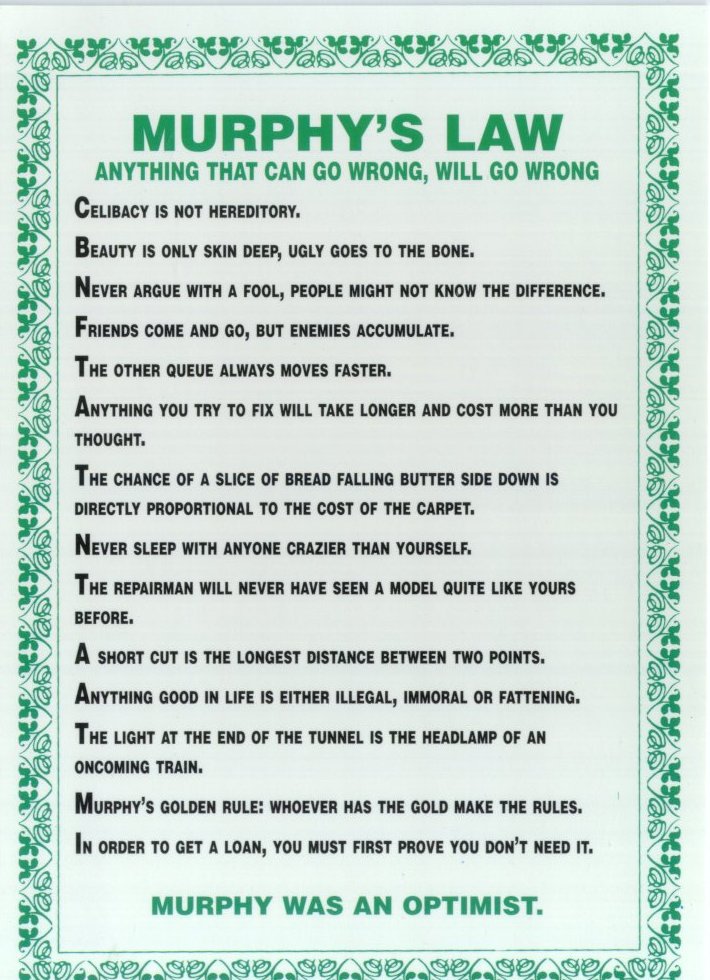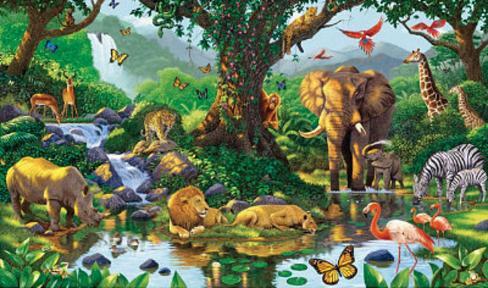
Murphy's Law -One Liners



We Just Look at Chart…………………Nothing else.
 #1 Ten years ago, the United States was ranked number one in average wealth per adult. In 2010, the United States has fallen to seventh.
#1 Ten years ago, the United States was ranked number one in average wealth per adult. In 2010, the United States has fallen to seventh.
#2 The United States once had the highest proportion of young adults with post-secondary degrees in the world. Today, the U.S. has fallen to 12th.
#3 In the 2009 “prosperity index” published by the Legatum Institute, the United States was ranked as just the ninth most prosperous country in the world. That was down five places from 2008.
#4 In 2001, the United States ranked fourth in the world in per capita broadband Internet use. Today it ranks 15th.
#5 The economy of India is projected to become larger than the U.S. economy by the year 2050.
#6 One prominent economist now says that the Chinese economy will be three times larger than the U.S. economy by the year 2040.
#7 According to a new study conducted by Thompson Reuters, China could become the global leader in patent filings by next year.
#8 The United States has lost approximately 42,400 factories since 2001. Approximately 75 percent of those factories employed at least 500 workers while they were still in operation.
#9 The United States has lost a staggering 32 percent of its manufacturing jobs since the year 2000.
#10 Manufacturing employment in the U.S. computer industry is actually lower in 2010 than it was in 1975.
#11 In 1959, manufacturing represented 28 percent of all U.S. economic output. In 2008, it represented only 11.5 percent.
#12 The television manufacturing industry began in the United States. So how many televisions are manufactured in the United States today? According to Princeton University economist Alan S. Blinder, the grand total is zero.
#13 As of the end of 2009, less than 12 million Americans worked in manufacturing. The last time that less than 12 million Americans were employed in manufacturing was in 1941.
#14 Back in 1980, the United States imported approximately 37 percent of the oil that we use. Now we import nearly 60 percent of the oil that we use.
#15 The U.S. trade deficit is running about 40 or 50 billion dollars a month in 2010. That means that by the end of the year approximately half a trillion dollars (or more) will have left the United States for good.
#16 Between 2000 and 2009, America’s trade deficit with China increased nearly 300 percent.
#17 Today, the United States spends approximately $3.90 on Chinese goods for every $1 that China spends on goods from the United States.
#18 According to a new study conducted by the Economic Policy Institute, if the U.S. trade deficit with China continues to increase at its current rate, the U.S. economy will lose over half a million jobs this year alone.
#19 American 15-year-olds do not even rank in the top half of all advanced nations when it comes to math or science literacy.
#20 Median household income in the U.S. declined from $51,726 in 2008 to $50,221 in 2009. That was the second yearly decline in a row.
#21 The United States has the third worst poverty rate among the advanced nations tracked by the Organization for Economic Cooperation and Development.
#22 Since the Federal Reserve was created in 1913, the U.S. dollar has lost over 95 percent of its purchasing power.
#23 U.S. government spending as a percentage of GDP is now up to approximately 36 percent.
#24 The Congressional Budget Office is projecting that U.S. government public debt will hit 716 percent of GDP by the year 2080.
Charles Dow used to counsel that no individual should ever be promoted if they hadn’t made a large error at some point. Phil Fisher used to insist only in investing in those stocks that had management teams willing to make big mistakes. If they didn’t make mistakes, they wouldn’t also take the risks required for success. Is this the essence of success? How does a corporate management team, upon the fruition of such errors, survive being “stopped out” of their positions in today’s hair twitch paradigm? Is being expropriated from your career rather than your capital not the bigger risk today? And thus can it only be stocks with founder, family or veto shareholdings that make for truly great growth stocks today? Should not Tim Cook undertake an LBO with the Qataris?
 The Bear- This trading animal believes the market will be going down and plays the short side. Bears think that a market is going to be very red.
The Bear- This trading animal believes the market will be going down and plays the short side. Bears think that a market is going to be very red.
The Bull- This trading animal is very optimistic that the market will be green. Bulls love to buy and believe their screen will be full of green.
The Whale- This trading animal can move prices when it buys and sells. The whale has to faze into positions and out of them so it does not make big enough waves to attract piggy backers. A lot of money can be made trading along side the right whale.
The Pig- This trading animal likes to trade big and often. The problem is that the pig does not know how to exit a winning trade he usually has too big of a target, too big of a position size, and too big of a time frame.
The Shark- This trading animal is just about making money, it gets into trades, makes money and gets out. It has little interest in big complicated theories or esoteric methods. The shark keeps it simple it makes money then moves on to the next opportunity. (more…)